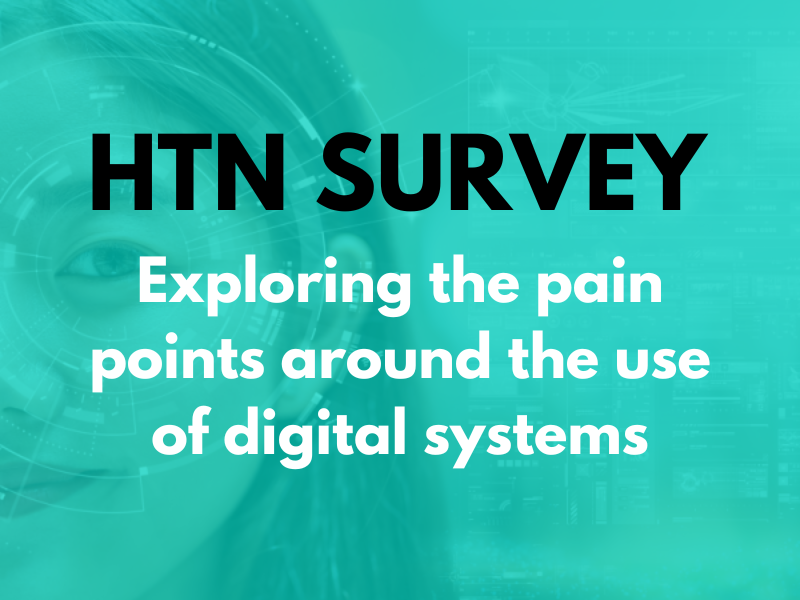Medway NHS Foundation Trust has outlined a business case for a full virtual hospital with 260 virtual beds, aiming to free-up 91 inpatient beds, close of up to three wards, and position MFT as “a leading site for ICS-wide scaling of digitally enabled acute care”.
Highlighting a “serious efficiency bottleneck” and “sustained and systemic” challenges in managing flow, discharge, and capacity; the trust states: “MFT currently manages a large proportion of patients in high-cost physical settings who could be cared for more safely, more appropriately, and more affordably through virtual or digitally enabled models.”
MFT’s SMART virtual ward currently has capacity for up to 80 patients, but this number can exceed 100 patients during busy periods. At present, it has limitations including restricted operating hours of 08:00 – 20:00, affecting its ability to manage higher-acuity patients, and limited capacity for admission avoidance or direct referral pathways, especially for frequent admissions.
In response to these identified challenges, the business case proposes a virtual hospital programme to scale and transform the current model, expanding it to 260 virtual beds, “including at least 60 high-acuity beds, enabling the safe management of complex medical, oncology, and frailty patients at home”. It also commits to 24/7 clinical coverage, and embedding of admission avoidance pathways to allow for direct referrals from ED, SDEC, primary care, care homes, and community services.
The virtual hospital will run as a fully governed clinical service, MFT highlights, offering daily virtual ward rounds with a multidisciplinary clinical team, remote monitoring, escalation protocols for patients needing in-person review or hospital transfer, and in-person visits where required. It will continue to utilise the Feebris platform, which has already been procured in a multi-year contract, offering medical kits for at-home monitoring and software.
Criteria for patient admission are set out including age, NEWS score and clinical frailty score, with the trust sharing that analysis of inpatient activity in May 2025 demonstrated that 24 percent of inpatients had no criteria to reside, equating to around 136 patients at any one time; whilst 65 patients had been in hospital for more than 21 days awaiting discharge arrangements.
Target groups include 400 patients per month from inpatient, ED and admission avoidance pathways, plus 60 patients with no criteria to reside. “Overall, at least 5,000 patients annually will directly benefit from Virtual Hospital care, with indirect benefits (flow, reduced cancellations, elective recovery) reaching thousands more,” Medway says.
A phased approach will be taken to ensure patient safety, operational readiness, and workforce sustainability, with inpatient beds and wards demand reducing over time as virtual hospital capacity is increased. The trust expects this to allow benefits to be “realised quickly” whilst managing risk and “embedding learning at each stage”. In the first two months, 24/7 service will be activated for up to 50 beds, with an elderly ward to be restructured into a reablement ward. The following two months will see capacity stepped up to 200 beds, and the opening of a second reablement ward; whilst months five to nine will focus on expanding capacity up to 260 beds and the freeing-up of a third inpatient ward.
From an economic standpoint, the trust points to the ability to close or repurpose up to three inpatient wards as helping deliver a strong return on investment within 9-12 months. A minimum benefit-cost ratio of 3.6x is anticipated, “driven by reducing need for resourcing physical estate, additional capacity for revenue generating from electives or a regional virtual hub service”.
Once fully operational, the virtual hospital is expected to provide up to £6.2 million in cash-releasing benefits, with MFT estimating it will generate £0.5 million in the 2025/26 financial year, and £5.2 million in net cash inflow in the 2026/27 financial year. “Additionally, if cost avoidance from shortening the length of stay of NCTR patients is taken into account, the benefits are estimated to be at £1.5M in FY 2025/2026 and £7.5M in FY 2026/2027,” it adds.
Weekly status reviews and monthly programme boards will ensure oversight of the programme’s delivery, and critical success factors will be monitored through KPI tracking and oversight. Early engagement will be undertaken with staff, and the necessary mapping of roles, training, redeployment, and support will be offered. Once the service is “embedded as a core Trust asset”, MFT hopes to present a documented model for scaling across Kent and Medway.
Wider trend: Virtual wards
For a recent HTN Now webinar on the topic of virtual wards, we were joined by a panel of experts including Francesca Markland, senior programme manager for remote monitoring and virtual wards at NHS England; Fhezan Ashraf, senior pharmacist clinical configuration manager at The Dudley Group; and Abigail Scullion, virtual ward manager at Maidstone and Tunbridge Wells NHS Trust. Our panel tackled a range of questions and key debates in the virtual wards space, sharing insights on their own approaches, experiences and learnings; as well as considering opportunities for future development and the potential for emerging technologies to make an impact across workforce, patient care, operational efficiency, capacity, and more.







